-
Car Reviews
- All reviews
- Midsize SUVs
- Small cars
- Utes
- Small SUVs
- Large SUVs
- Large cars
- Sports SUVs
- Sports cars
- Vans
Latest reviews
- Car News
-
Car Comparisons
Latest comparisons
- Chasing Deals
The new iX1 is wrapped up in a practical, popular SUV body style. We take our first drive in BMW’s most affordable EV yet
BMW’s first crack at a fully-electric production vehicle was 2014’s i3 hatchback – a carbon-tubbed inner-city car designed to show Munich’s capabilities with electrification, rather than generate a sales sensation.
Since then, the cult-hit i3 has departed the Australian market, but we’ve seen a stream of fully-electric BMW variants added alongside their combustion counterparts: the i4 has joined the broader 3 Series/4 Series line-up, while the iX3 and i7 are electric versions of their namesakes.
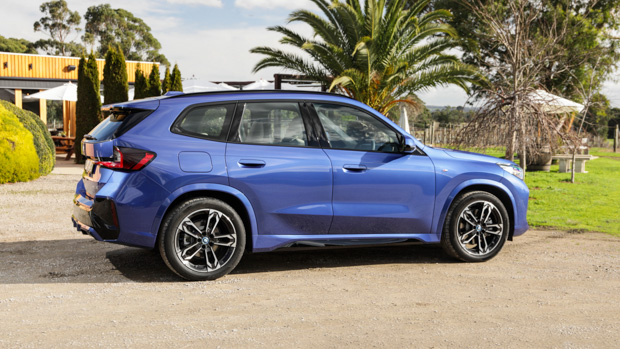
But of all the formerly petrol-powered models BMW has slotted a battery into, the most common one you’ll see on the road will be this: the new iX1.
As the name suggests, the iX1 is based on this year’s new, third-generation X1 small SUV. The X1 – and iX1 – are nominally small SUVs, but they’re so large these days that they’re hugely practical near-midsizers, nearly as big as an original X3.
At $84,900 before on-road costs, the single-variant, all-wheel drive iX1 xDrive30 handily undercuts the rear-drive only iX3 ($104,900 before on-roads). BMW Australia has also expressed interest in a future, and likely cheaper single-motor iX1, too – though the all-paw model isn’t quite as affordable as when it was first announced for $82,900 back in October 2022.
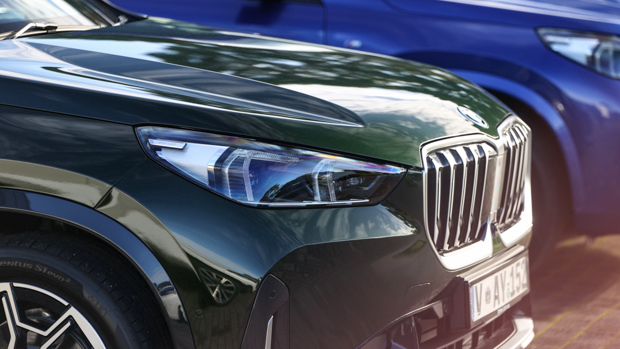
Even at the newly-hiked price, the iX1 still slots in as a much cheaper alternative to the all-wheel drive Mercedes-Benz EQA350 ($102,579 before on-road costs), though Benz does offer an $82K EQA250 front-driver.
It’s not as if the 230kW iX1 is without direct competition though, the Volvo XC40 Pure Electric Twin Motor (AWD) offers similarly attractive styling, sizing and arguably too much performance with 300kW in the tank – all for the BMW-beating price of $81,490.
Bolstering the usability is BMW’s claim that the iX1 can travel up to 400km on a single charge, certainly enough for a Sydney–Canberra run, while the 130kW charging means that pushing on to Melbourne or Brisbane won’t be too much of a headache … though the Volvo’s 522km WLTP range claim demonstrates much longer legs.
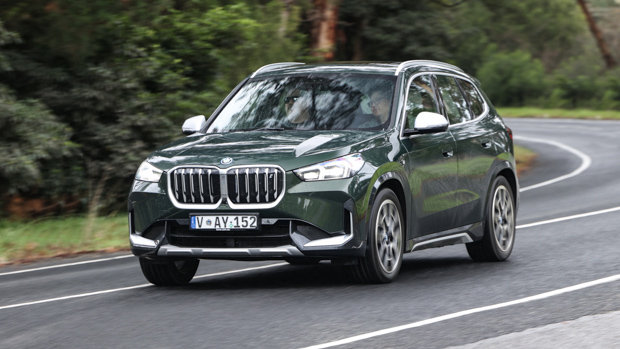
Naturally, Chasing Cars will soon perform an independent highway range and recharging test to see just how practical the iX1 will be for that kind of work.
BMW won’t cough up any sales, numbers but it says it has been very pleased with the amount of pre-launch interest Australian buyers have expressed in the iX1, with the first round of deliveries rolling into customer driveways late last month.
Anecdotally, Chasing Cars has observed significant interest online from savvy Australians who noticed that the BMW iX1 offered a traditionally premium badge for a luxury car tax-beating price, making the Bavarian crossover eligible for cheap, FBT-free novated leasing deals.
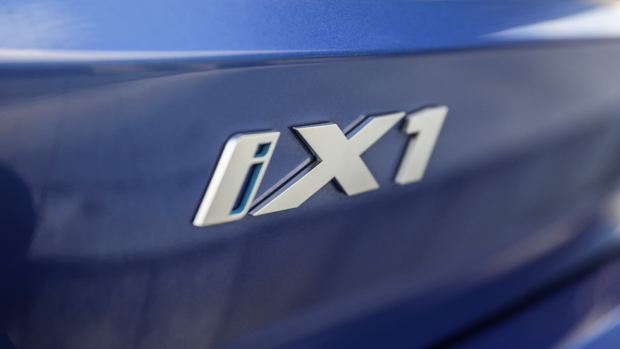
BMW promises there is strong supply for its new electric SUV, so much so that the firm’s Australian arm confidently proclaims you’ll have yours before the end of the year if you place an order today.
It might be the cheapest EV BMW offers but the fact remains a circa-$85K is a lot for a small SUV, and it will have to impress if it hopes to swoon the wide spectrum of buyers on the lookout for the next best thing in an increasingly populated electric market.
BMW offers one grade of the iX1 in the xDrive30 guise, but two different trim levels known as the xLine – with quasi-rugged styling –and the athletically-penned M Sport.
The iX1 has been available to order for some time now and if you were one of the lucky ones who got in before January 1, 2023, you would’ve paid the introductory price of just under $82,900 before on-roads.
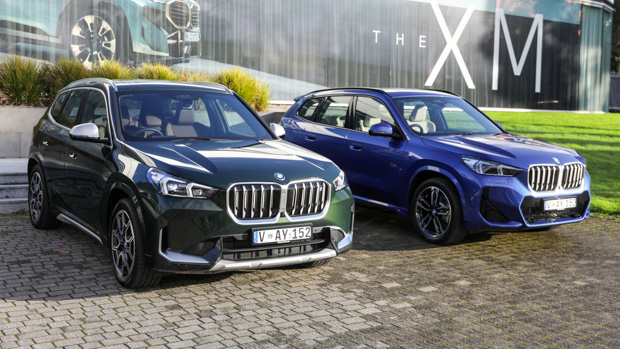
Place an order today however, and it will cost you $84,900 and some of the enticing features are relegated to the $4700 enhancement pack including the Harman Kardon premium stereo, panoramic sunroof, electric lumbar support and massage function.
Metallic paint, initially included for free, is also now an optional extra, costing up to $1800 depending on your specification.
Buyers looking to snap up an iX1 via novated leasing to take advantage of the federal government’s waver on fringe benefits tax on certain electric vehicles will be happy to hear that the iX1 still qualifies even after its recent price hike.
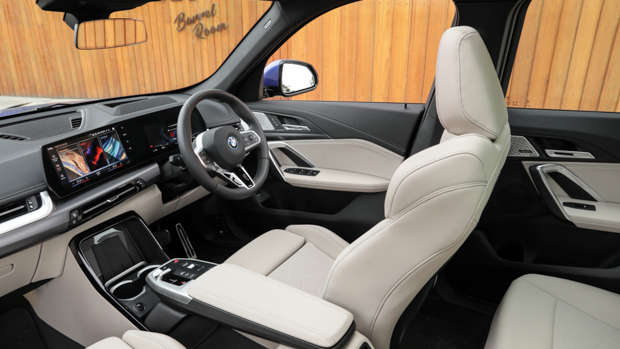
A key qualifier for this exception is the $89,332 limit on the luxury car tax for fuel-efficient vehicles that now applies for the MY23 to MY24 financial year but you’ll have to stay away from the aforementioned $4700 enhancement pack to keep it under this threshold.
The following features are also fitted as standard:
Interestingly, while a heated steering wheel is physically installed in the iX1, BMW has locked the use of this function behind a digital subscription service, though you can also just buy this feature outright for $349.
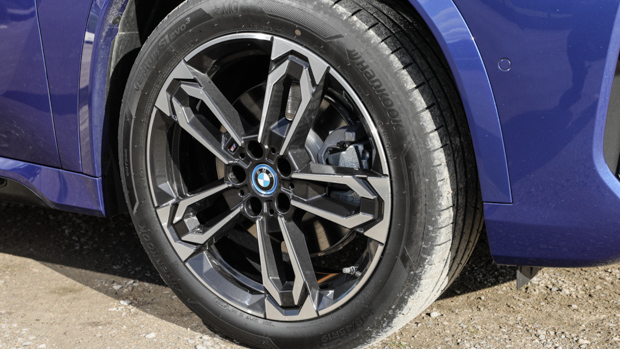
The xLine and M Sport both wear their own unique design of 19-inch wheels, with the latter appearance package being a bit more extroverted in its design thanks to its larger air vents at the front and the rear diffuser.
While the recent price hike has put a real dampener on the value proposition of the iX1, but for an electric vehicle wearing a BMW badge it does come across as quite a comprehensive package.
BMW offered us the chance to drive the two flavours of the iX1 during our short drive in Melbourne: a striking M Sport or the arguably classier xLine – which was particularly fetching in San Remo green.
We’ve yet to test an M Sport, but both should return a similar experience behind the wheel given the shared wheel and tyre size and the use of a single suspension tune for the range.
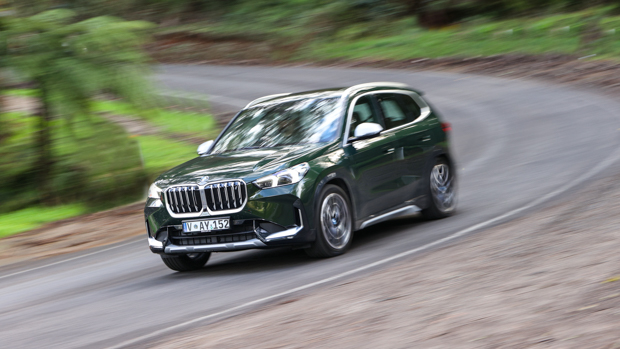
Producing a combined peak of 230kW of power and 494Nm of torque, BMW says the iX1 will accelerate from 0 to 100km/h in 5.6 seconds, but interestingly it’s not the quickest you can go in an X1.
Line honours go to the recently announced petrol-powered X1 M35i which achieves the same sprint 0.2 seconds quicker.
Although both the xLine and M Sport make the same peak power, the latter comes with a ‘boost’ button on the steering wheel which changes the delivery of that last 30kW to be more aggressive. Even if it’s mostly a placebo, for some, this will be a fun addition to the drive experience.
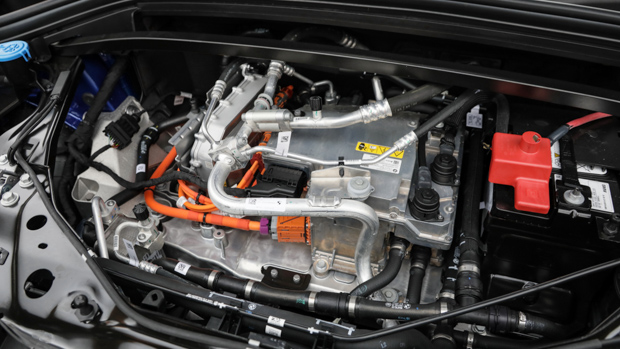
We’ll have to test BMW’s acceleration claims at a later date but it’s apparent the calibration of the iX1 is less about traffic light shock value, and more about providing a strong and smooth powertrain.
Surging out of a corner on a country road and darting for a gap in the traffic are both tasks the iX1 accomplishes without making the throttle overly touchy, meaning the near-500Nm on tap is something grandma would feel comfortable driving.
Smart calibration of the motors plays a role here, but so does the 2010kg kerb weight the pair need to push around – a significant 442kg (or 28 percent) increase over the X1 xDrive20i.
The motors may need to work hard, but they pull off their task successfully. Unfortunately, the same can not be said for the suspension.
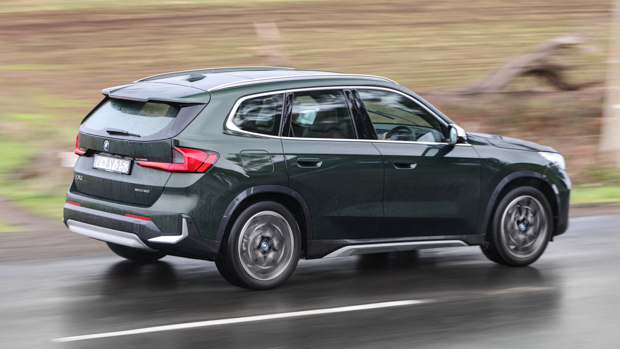
BMW’s decision to include adaptive suspension as standard is wise, but even with this technology, the iX1 joins a long list of electric vehicles that clumsily handle their own weight when facing punishing Australian roads.
The suspension features frequency-selective dampers that automatically adapt to the road conditions, and drivers can fiddle with these settings manually via a litany of drive modes if they wish.
Our brief drive in Victoria took us through fast-flowing parts of suburban and some twisty country roads and under both conditions, we encountered moderate road imperfections – the kind of bump that would be dealt with easily by a supple 3 Series wagon, but led to harsh suspension responses in the iX1.
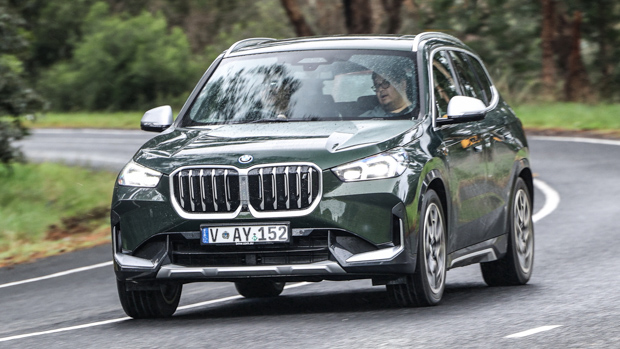
We’ll evaluate the ride even more closely when we get a chance to drive the car in Sydney on our own testing roads to see how it performs around town, as the iX1 did appear to be more at home at lower speeds.
The iX1’s suspension – consisting of a strut front and multi-link rear for those curious – also struggles to keep the body controlled when cornering.
During one moderately challenging 80km/h left-right-left section of our drive, the iX1 failed to settle after one corner before it was thrown into the next, resulting in a see-sawing effect inside the cabin that was less than ideal.
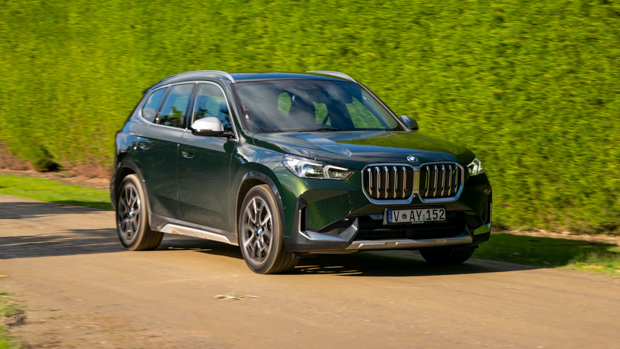
While the body control could use some work, the iX1’s dynamics are manageable when driven with some patience – though this is not traditionally a marker of a BMW. All that being said, the mid-weighted steering was pleasant enough.
The experience did leave me wondering how a lighter, single-motor variant with a smaller battery would fare on the same roads, even if it came at the expense of some driving range.
Those familiar with BMW’s traditionally subtle interior design may find the brand’s newer cabins a little jarring due to the use of much more prominent screens. In this case, the iX1 uses a 10.7-inch multimedia screen and a 10.25-inch digital driver’s display joined in a seamless curved design.
The screens are bright, easy to read and pleasant to the eye with a range of beautiful – albeit arguably overstyled – menu designs layering BMW’s new Operating System 8.
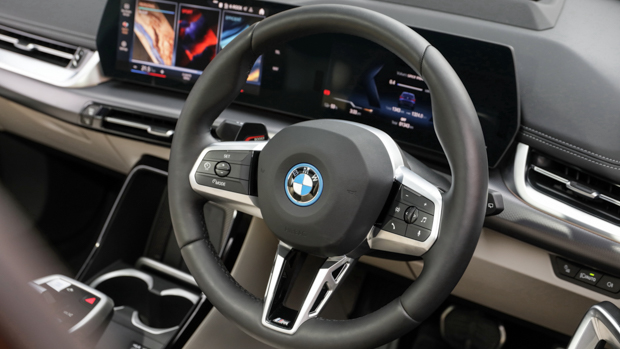
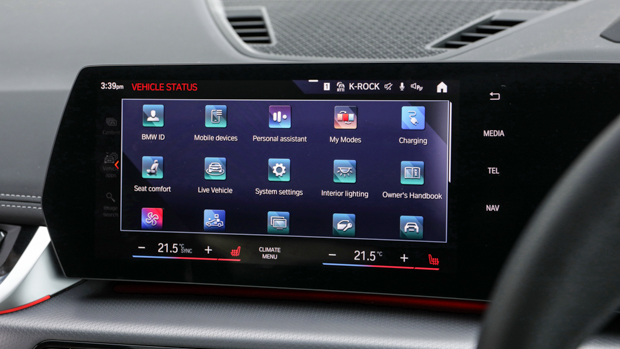
It’s my first time using this software and while I’ll reserve my thoughts until I’ve spent more time with it, I didn’t immediately find it intuitive and I suspect I won’t be alone here.
Part of the problem is due to the missing physical iDrive controller, which has inexplicably gone AWOL from the new-generation X1 and the iX1 on test. Other new BMWs have retained this, so we hope this omission will be corrected.
Within the floating centre console buyers will instead find a toggle for the shifter and an armrest, with the latter opening to reveal more storage but it folds out to face the passenger side only, in a particularly poor example of left- to right-hand drive adaptation.
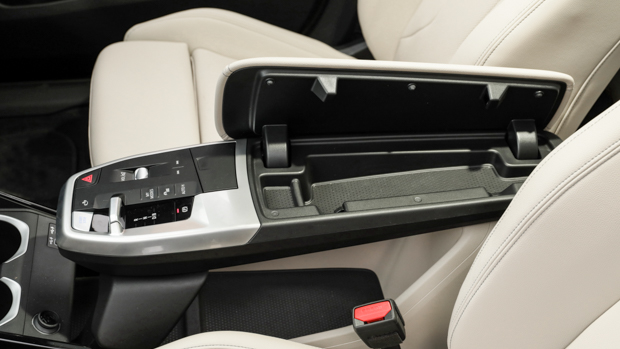
As our test vehicle was equipped with the $4700 enhancement pack, it featured a well-tuned, 12-speaker Harman Kardon stereo that provides a good amount of depth and sharpness – plus, thanks to the iX1’s silent drivetrain, I was able to listen to tunes quite clearly at a relatively low volume.
The interior is clad in BMW’s ‘Sensatec’ synthetic leather material – vinyl – which I found to be reasonably pleasant, especially matched with the supportive front seats.
Vehicles produced from July 2023 onwards will be fitted with BMW’s new Veganza synthetic upholstery construction, which BMW says is a softer material – but there is no genuine leather option available currently for buyers who prefer a traditional hide.
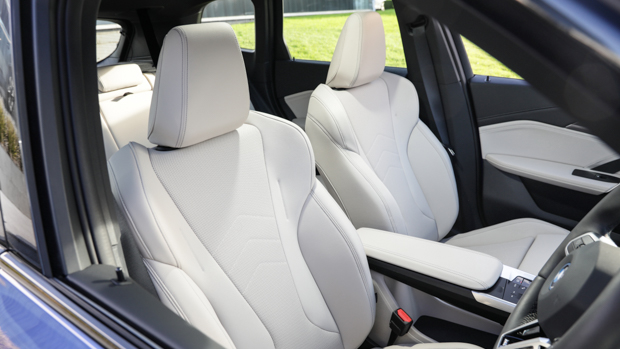
BMW offers a commendable selection of interior colours for the Australian-spec iX1, including plain black, oyster (light grey), and mocha – with a fourth option featuring a combination of Alcantara textile and synthetic leather for the M Sport only.
Taken as a whole, the cabin feels pleasant and there are key areas that feel expensive but it’s also easy to see where BMW has saved money if you go looking, with some harsh and scratchy plastic material used on the door cards and on the dash where dearer BMWs would generally feature to soft padding.
With the X1 range growing 53mm in length over the last-gen vehicle, 22mm of which can be found in the wheelbase, you’ll be happy to learn the cabin does feel quite spacious inside though, unfortunately, some classic electric vehicle foibles appear in the iX1 to limit functionality.
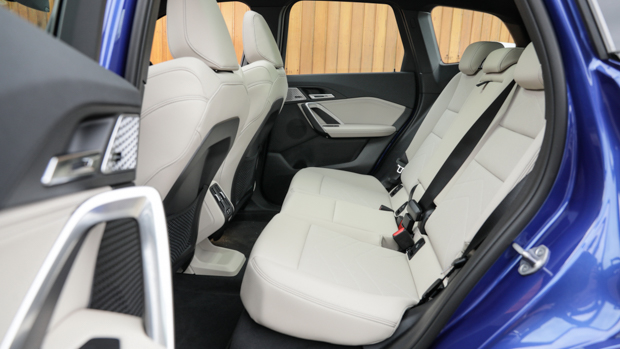
Place yourself up front and it’s pretty easy to make yourself quite comfortable, with the driver’s feet located ahead of the battery pack. Sitting at 1.83 metres with my feet on the pedals, my position was comfortable – but the hump where the battery begins is clearly evident.
In order to reach that circa 400km range figure, BMW has opted for a fairly large 65kWh battery in the iX1 which is stowed under the floor in skateboard configuration.
While the back seats feature great visibility out of tall windows and offer reasonable leg- and toe-room, a very high floor designed to accommodate the battery leaves back seat passengers without anywhere near enough thigh support.
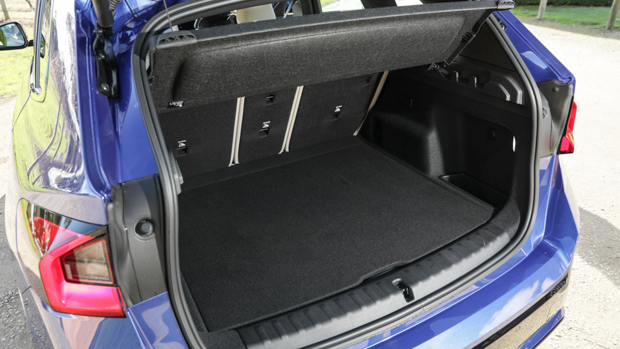
But if you have young kids or just use the aft pews sparingly, this area remains perfectly suitable, with the space aided by basic amenities such as rear air vents and dual USB C ports.
One argument in the iX1’s favour is that families probably buy larger BMW SUVs than the smallest model, and the brand does offer the fully-electric iX3 (midsize) and iX (large) models to these buyers, naturally at higher prices.
The boot is the iX1’s final practicality party piece, measuring a pretty impressive 490 litres it’s just 10L shy of the capacity of BMW’s iX large SUV and growing to 1495 litres when the back seats are folded. Sadly though, there is no sign of a spare wheel.
Unlike the X1 on which it is based, the iX1 does not currently carry a full five-star ANCAP rating. At the iX1’s local launch, BMW was not able to confirm that the five-star score would automatically transfer to the electric variant.
Still, the iX1 does come loaded with a number of modern safety features such as the front-centre airbag, which aims to prevent the front two occupants colliding during an accident, along with reversing AEB, which is a boon for family buyers.
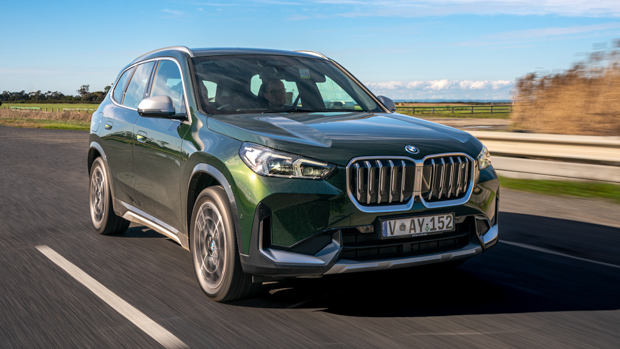
It’s also great to see front and rear cross-traffic alert and breaking, which can be a real boon when navigating blind city streets with aggressive Aussie drivers.
Other notable features include:
During our short launch drive with the iX1, we saw an average energy efficiency of 17.5kWh/100km, which actually undercuts the official ADR combined consumption claim of 18.3kWh/100km – but not the iX1’s 15.5kWh/100km WLTP-TEH efficiency figure from Europe.
If the iX1 can match our consumption of 17.5kWh/100km from this drive, it implies a real-world range of 371km – reasonable, but certainly not class-leading. The Tesla Model Y, Hyundai Ioniq 5 and Genesis GV60 are all more frugal, though the Mercedes-Benz EQA, EQB and Volvo C40 are about as thirsty as the BMW.
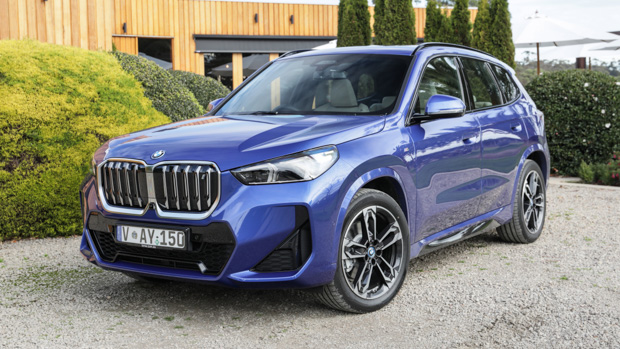
We’ll reserve our full judgment on consumption and range until we take the iX1 through official Chasing Cars urban and highway range tests.
In terms of servicing, the BMW iX1 doesn’t have regular servicing intervals. Under the brand’s new ‘proactive care’ maintenance program, the car notifies the driver when it’s time to come in for a service.
Owners can also ‘look ahead’ in the maintenance function to make sure you aren’t going to be in need of an urgent brake fluid change halfway through a road trip to Queensland.
BMW offers a four- and six-year service pack, both with unlimited kilometres that will see you pay $1263 and $1800 respectively for the basic package.
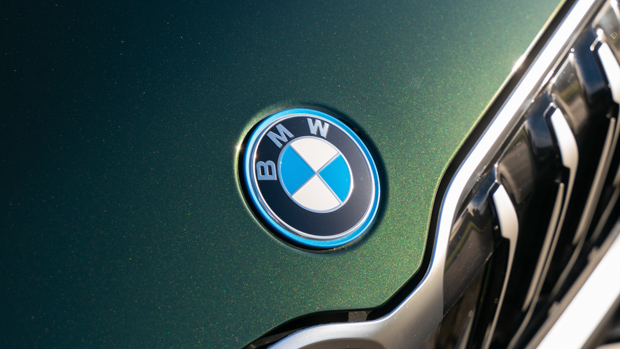
A more comprehensive ‘plus package’ is also offered, which will see you pay $4784 and $5784 for the four- and six-year period respectively, with the additional outlay covering more service items such as brake pads and discs, along with windscreen wiper replacement.
Drivers who lean heavily into the iX1’s regenerative braking capability may find that they do not require brake replacements at a four-year interval.
BMW has moved to the industry-standard five-year, unlimited km with the battery and other electric vehicle hardware components covered by a separate eight-year, 160,000km warranty.
On the upside, praise should also be given to BMW Australia for including a three-year subscription to the Chargefox charging network – though we have found the reliability of that network to be patchy in recent times.
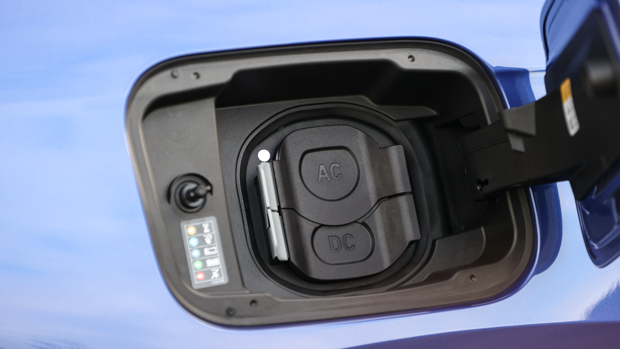
That said, we would have liked to have seen stronger charging speeds from the iX1, which is limited to a DC charging peak speed of 130kW. Still, BMW says that’s quick enough to rapid-charge from 10-80 percent (40-320km) in 29 minutes. We’ll be testing that.
Far more impressive is the AC charging speed at up to 22kW, which BMW says is the best in segment and will see your battery recharged in three hours and 45 minutes.
But you’ll need to need some serious three-phrase wiring installed if you want one of these chargers at home. Single-phase charging is possible at 7kW.
If BMW is hoping to sell as many iX1s as it can import to Australia, this not-so-small SUV needs to be inoffensive, flexible in its capabilities and available at an affordable price.
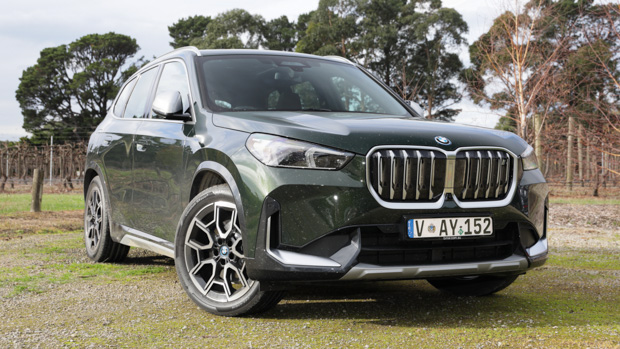
For the most part, the iX1 is successful in offering these traits – but its discombobulated ride quality and body control at higher speeds mean it misses some of BMW’s traditional sporting merit.
While the iX1 does present a reasonably convincing case to midsize SUV buyers looking for a premium badge, at this price point it is also worth considering a Hyundai Ioniq 5, Kia EV6 or Tesla Model Y if you can live without the additional brand cachet.
Key specs (as tested)
About Chasing cars
Chasing Cars reviews are 100% independent.
Because we are powered by Budget Direct Insurance, we don’t receive advertising or sales revenue from car manufacturers.
We’re truly independent – giving you Australia’s best car reviews.
The estimate provided does not take into account your personal circumstances but is intended to give a general indication of the cost of insurance, in order to obtain a complete quote, please visit www.budgetdirect.com.au. Estimate includes 15%^ online discount.
^Conditions Apply
Budget Direct Insurance arranged by Auto & General Services Pty Ltd ACN 003 617 909(AGS) AFSL 241 411, for and on behalf of the insurer, Auto & General Insurance Company Limited(ABN 42 111 586 353, AFSL 285 571).Because we don’t know your financial needs, we can’t advise you if this insurance will suit you. You should consider your needs and the Product Disclosure Statement before making a decision to buy insurance. Terms and conditions apply.
Indicative quote based on assumptions including postcode , 40 year old male with no offences, licence suspensions or claims in the last 5 years, a NCD Rating 1 and no younger drivers listed. White car, driven up to 10,000kms a year, unfinanced, with no modifications, factory options and/or non-standard accessories, private use only and garaged at night.
^Online Discounts Terms & Conditions
1. Discounts apply to the premium paid for a new Budget Direct Gold Comprehensive Car Insurance, Third Party Property Only or Third Party Property, Fire & Theft Insurance policy initiated online on or after 29 March 2017. Discounts do not apply to optional Roadside Assistance.
2. Discounts do not apply to any renewal offer of insurance.
3. Discounts only apply to the insurance portion of the premium. Discounts are applied before government charges, taxes, levies and fees, including instalment processing fees (as applicable). The full extent of discounts may therefore be impacted.
4. We reserve the right to change the offer without notice.